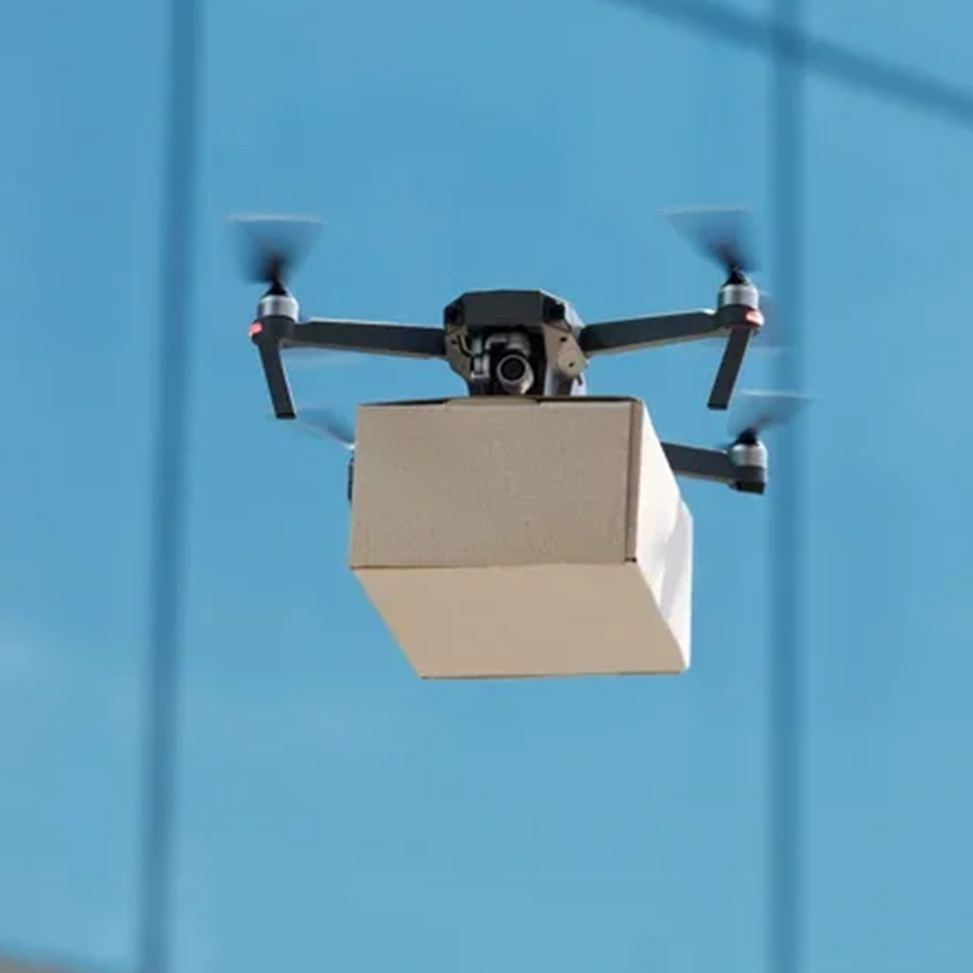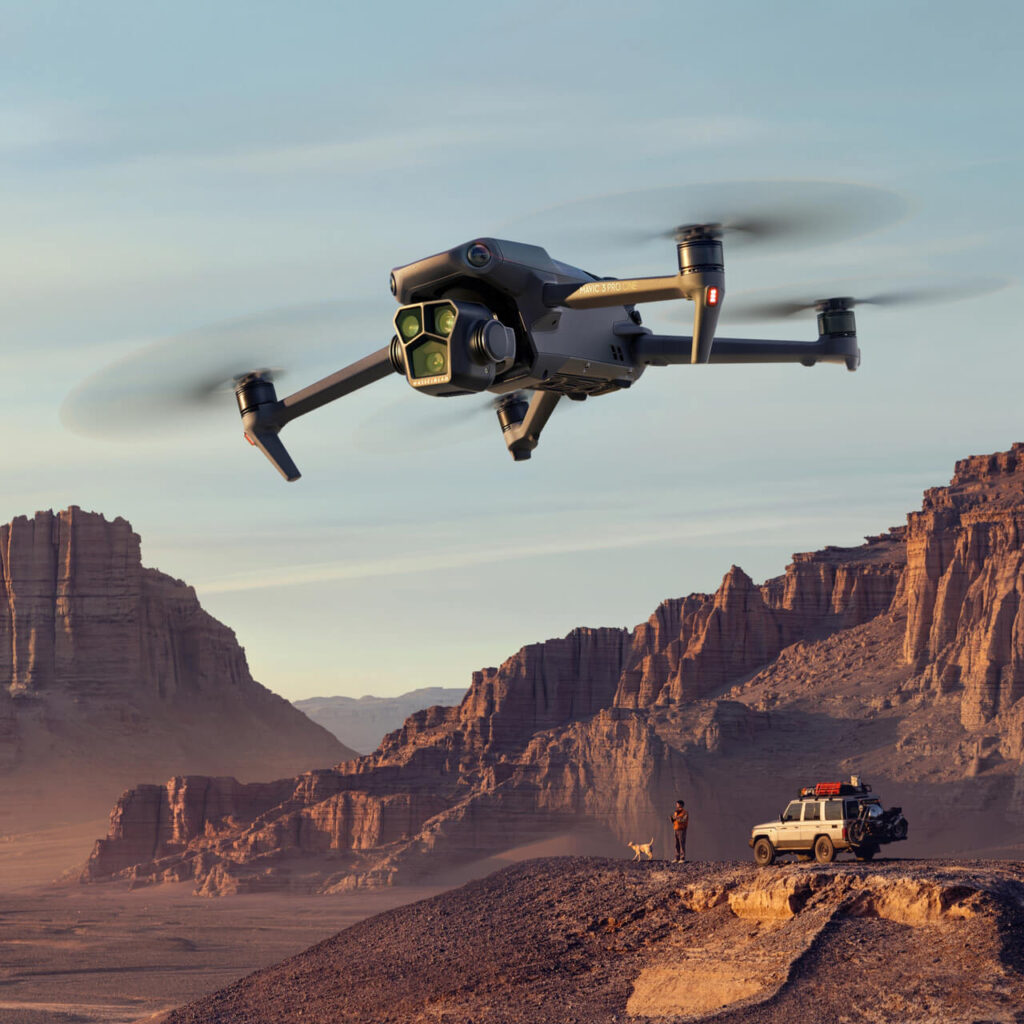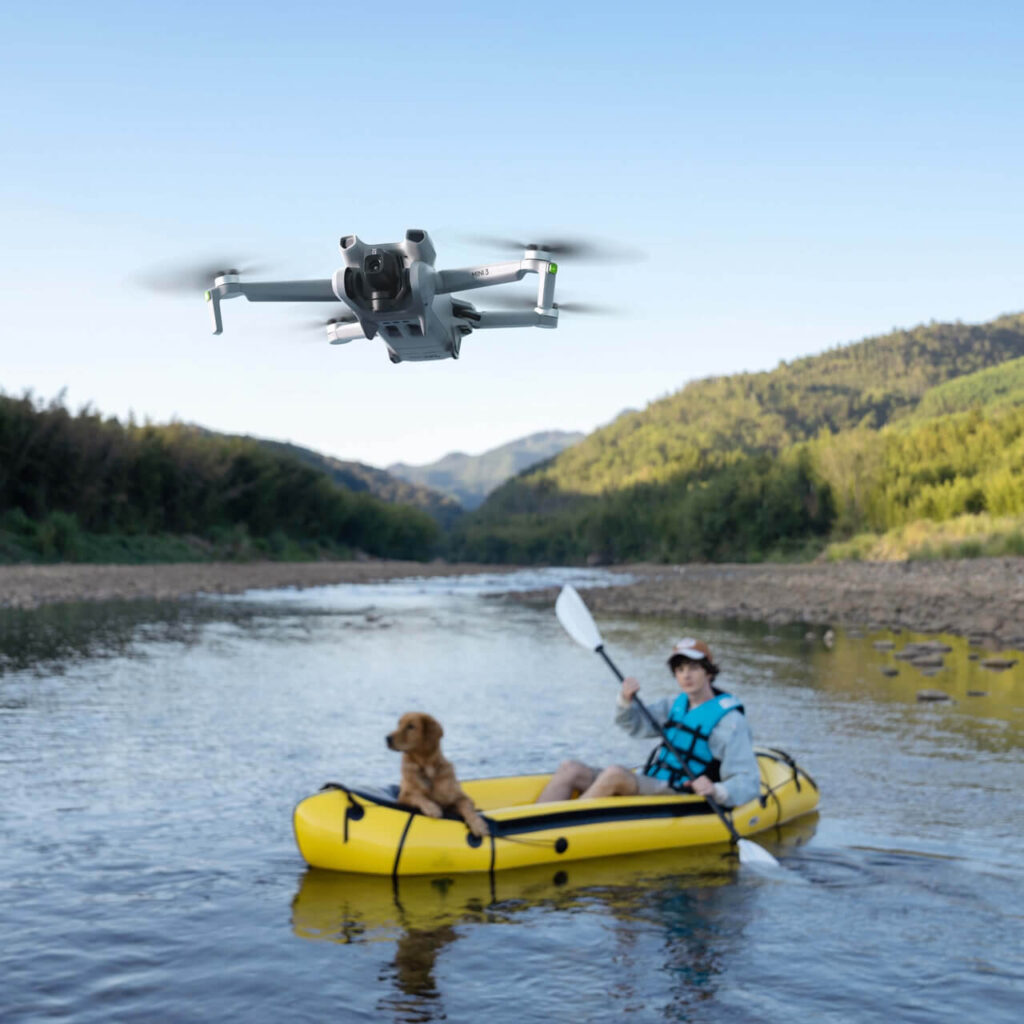Introduction
In recent years, the concept of drone delivery has captured the imagination of both consumers and businesses alike. The idea of unmanned aerial vehicles zipping through the skies to deliver packages directly to our doorsteps is no longer a distant dream but a rapidly approaching reality. In this blog post, we will explore the current state of drone delivery, the companies involved, the existing regulations, and the challenges that lie ahead. Furthermore, we will delve into the exciting possibilities and potential benefits that drone delivery holds for businesses and consumers alike.
The Current State of Drone Delivery
Companies across the globe have recognized the immense potential of drone delivery and are actively investing in research and development. Industry giants such as Amazon, Google (through its Wing subsidiary), and UPS have made significant strides in developing efficient drone delivery systems. These companies envision a future where drones seamlessly integrate into existing logistics networks, enabling faster and more convenient deliveries.
However, the widespread implementation of drone delivery is currently hampered by regulatory challenges. Aviation authorities are working diligently to establish rules and guidelines to ensure the safe and responsible use of drones in public airspace. These regulations aim to address concerns related to privacy, security, and the integration of drones with manned aircraft.
Furthermore, current drone delivery technology has certain limitations. Drones have limited payload capacities and flight ranges, which restricts the size and distance of deliveries. Additionally, adverse weather conditions, airspace congestion, and the need for robust communication networks pose hurdles to the widespread adoption of drone delivery.
The Future of Drone Delivery
Despite the challenges, the future of drone delivery is promising. Advancements in technology and ongoing research will likely overcome many of the current limitations. Here are some key areas in which we can expect drone delivery to evolve:
Enhanced Safety and Efficiency: Continued advancements in collision avoidance systems, autonomous navigation, and improved battery life will make drone deliveries safer, more reliable, and more efficient.
Expanded Payload Capacities: Future drones will be capable of carrying larger and heavier packages, making drone delivery feasible for a wider range of goods.
Improved Weather Resistance: Weatherproof drones with advanced sensors and navigation systems will enable deliveries to be conducted in adverse weather conditions, further enhancing the reliability of the service.
Airspace Integration: Innovations in air traffic management systems will allow for the seamless integration of drones with existing manned aircraft, ensuring safe and efficient operations in shared airspace
Challenges to Overcome
Before drone delivery can become mainstream, several challenges need to be addressed. These include:
Regulatory Framework: Governments and aviation authorities must establish clear and standardized regulations that strike a balance between safety and innovation, enabling the widespread adoption of drone delivery.
Public Acceptance: Educating the public about the benefits and safety measures of drone delivery will be crucial in gaining public acceptance and addressing concerns related to privacy and noise pollution.
Infrastructure Development: To support the growth of drone delivery, infrastructure such as landing pads, charging stations, and secure delivery drop-off points will need to be developed.
Benefits for Businesses and Consumers
The future of drone delivery holds immense benefits for businesses and consumers alike. For businesses, drone delivery offers reduced delivery times, cost savings, and increased customer satisfaction. Rapid and efficient deliveries can revolutionize industries such as e-commerce, healthcare, and emergency response, among others.
For consumers, drone delivery promises greater convenience, especially in remote areas where traditional transportation networks may be limited. Faster deliveries and reduced dependence on ground transportation can enhance the overall shopping experience and enable access to goods that were previously inaccessible.
Conclusion
The future of drone delivery is on the horizon, with companies investing heavily in research and development. While there are challenges to overcome, technological advancements and regulatory progress are paving the way for widespread adoption. The benefits that drone delivery offers to businesses and consumers are undeniable, and the potential to revolutionize the way we receive goods is within reach.
As we eagerly anticipate the future of drone delivery, it is worth mentioning that readers can explore and purchase DJI drones from Jetayu Gadgets, India’s largest UAV dealer. Their expertise and authorized service center status make them a trusted source for all your drone-related needs.
So, let’s embrace the exciting possibilities that lie ahead and envision a future where drones become an integral part of our everyday lives. The sky is no longer the limit; it’s the pathway to efficient and convenient deliveries.




